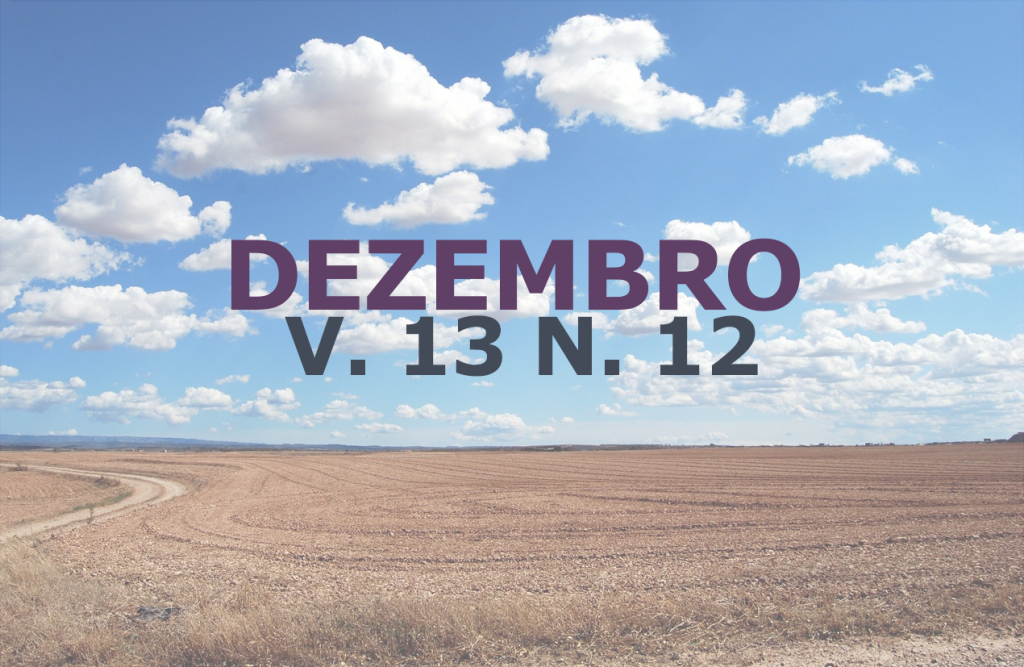Alternative Foods in Rabbit Nutrition: Review
DOI:
https://doi.org/10.31533/pubvet.v13n12a471.1-10Keywords:
Cecotrophy, rabbit breeding, fiberAbstract
In animal feed diets are formulated to provide total conditions to express their full productive potential, however most of the ingredients used to make balanced diets consequently increase the cost of the final product. The objective of this review is to show which alternative foods are available in Brazilian territory with potential use to be used in rabbit nutrition. It has been found that the main alternative foods used are crude glycerin, soybean hulls, bee pollen, dehydrated citrus pulp, cottonseed meal and co-products from sugarcane. In this sense, the use of these by-products provides greater sustainability in the production without affecting negative performance or metabolism of these animals, helping to reduce the costs of production with feed.
Downloads
Published
Issue
Section
License
Copyright (c) 2019 Alison Batista Vieira Silva Gouveia, Lorrayne Moraes de Paulo, Júlia Marixara Sousa da Silva, Weslane Justina da Silva, Janaína Borges dos Santos, Stéfane Alves Sampaio, Elísio Marques de Almeida Júnior, Karine Oliveira Costa, Jiovanna Gonçalves de Sousa, Fabrício Eumar de Sousa, Adriano Carvalho Costa, Fabiana Ramos dos Santos, Cibele Silva Minafra

This work is licensed under a Creative Commons Attribution 4.0 International License.
Você tem o direito de:
Compartilhar — copiar e redistribuir o material em qualquer suporte ou formato
Adaptar — remixar, transformar, e criar a partir do material para qualquer fim, mesmo que comercial.
O licenciante não pode revogar estes direitos desde que você respeite os termos da licença. De acordo com os termos seguintes:
Atribuição
— Você deve dar o crédito apropriado, prover um link para a licença e indicar se mudanças foram feitas. Você deve fazê-lo em qualquer circunstância razoável, mas de nenhuma maneira que sugira que o licenciante apoia você ou o seu uso. Sem restrições adicionais
— Você não pode aplicar termos jurídicos ou medidas de caráter tecnológico que restrinjam legalmente outros de fazerem algo que a licença permita.





